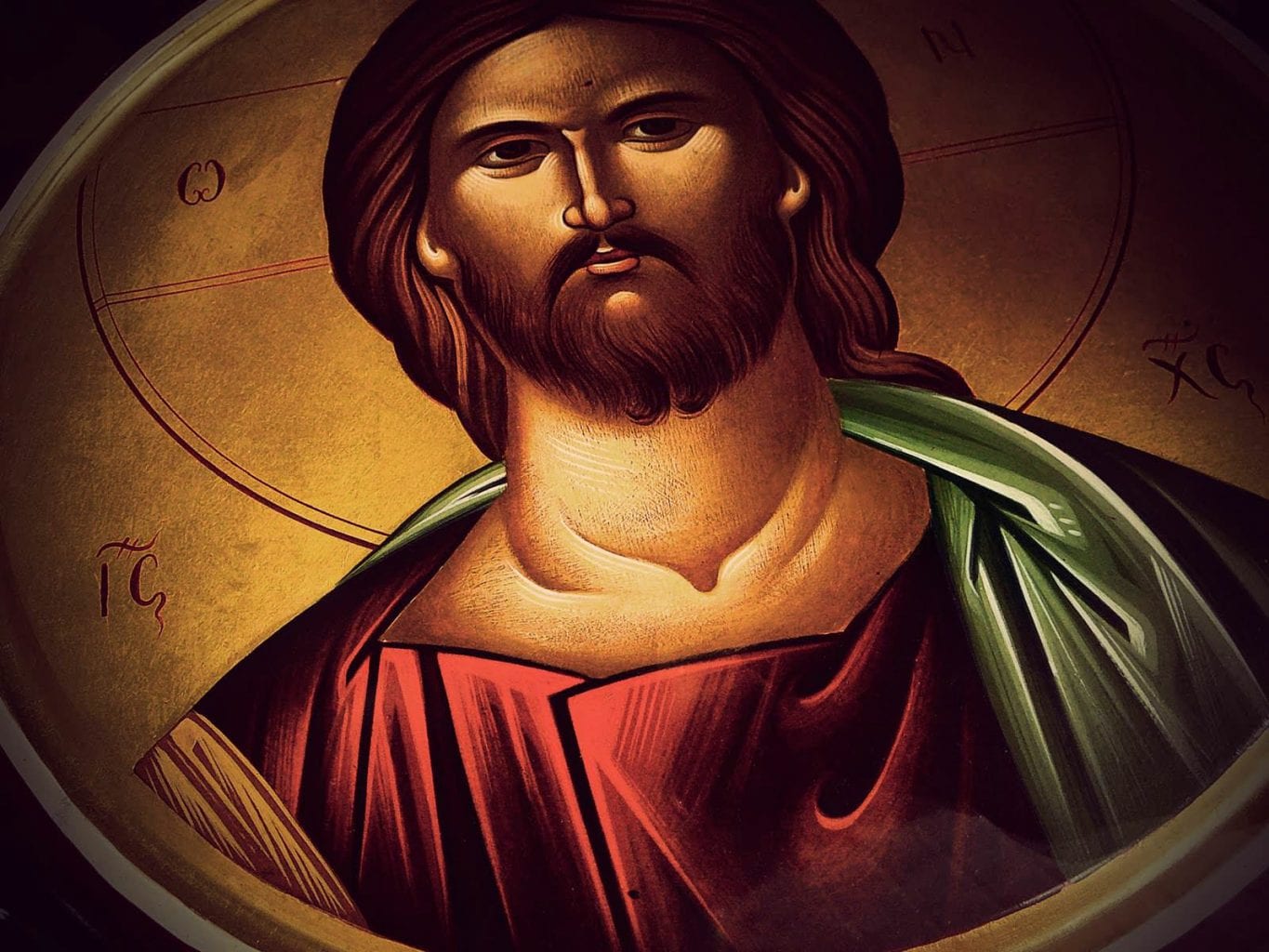Regina Caeli – Queen of Heaven, Rejoice!
The Regina Caeli, Latin for “Queen of Heaven,” is a hymn and prayer ...

Vatican II explains the various ways Christ is really present in the sacred liturgy and why liturgical prayer, in which the Lord is present, has an excellence that surpasses all other devotions and activities of the Church. It also explains the importance of Sunday, the Lord’s Day.
Christ is always present to his Church, especially in the actions of the liturgy.
He is present in the sacrifice of the Mass, in the person of the minister (it is the same Christ who formerly offered himself on the cross that now offers by the ministry of priests) and most of all under the eucharistic species. He is present in the sacraments by his power, in such a way that when someone baptizes, Christ himself baptizes. He is present in his word, for it is he himself who speaks when the holy Scriptures are read in the Church. Finally, he is present when the Church prays and sings, for he himself promised: Where two or three are gathered in my name, I am there in their midst.
Indeed, in this great work which gives perfect glory to God and brings holiness to men, Christ is always joining in partnership with himself his beloved Bride, the Church, which calls upon its Lord and through him gives worship to the eternal Father.
It is therefore right to see the liturgy as an exercise of the priestly office of Jesus Christ, in which through signs addressed to the senses man’s sanctification is signified and, in a way proper to each of these signs, made effective, and in which public worship is celebrated in its fullness by the mystical body of Jesus Christ, that is, by the head and by his members.
Accordingly, every liturgical celebration, as an activity of Christ the priest and of his body, which is the Church, is a sacred action of a pre-eminent kind. No other action of the Church equals its title to power or its degree of effectiveness.
In the liturgy on earth we are given a foretaste and share in the liturgy of heaven, celebrated in the holy city of Jerusalem, the goal of our pilgrimage, where Christ is seated at the right hand of God, as minister of the sanctuary and of the true tabernacle. With the whole company of heaven we sing a hymn of praise to the Lord; as we reverence the memory of the saints, we hope to have some part with them, and to share in their fellowship; we wait for the Savior, our Lord Jesus Christ, until he, who is our life, appears, and we appear with him in glory.
By an apostolic tradition taking its origin from the very day of Christ’s resurrection, the Church celebrates the paschal mystery every eighth day, the day that is rightly called the Lord’s day. On Sunday the Christian faithful ought to gather together, so that by listening to the word of God and sharing in the Eucharist they may recall the passion, death and resurrection of the Lord Jesus and give thanks to God who has given them a new birth with a lively hope through the resurrection of Jesus Christ from the dead.
The Lord’s day is therefore the first and greatest festival, one to be set before the loving devotion of the faithful and impressed upon it, so that it may be also a day of joy and of freedom from work. Other celebrations must not take precedence over it, unless they are truly of the greatest importance, since it is the foundation and the kernel of the whole liturgical year.
This excerpt from the Second Vatican Council’s (Vatican II) Constitution on the Sacred Liturgy (Sacrosanctum Concilium 7 & 8, 1962) explains the real presence of Christ in liturgical prayer. It appears in the Roman Office of Readings for the Third (3rd) Sunday in Ordinary Time. The accompanying biblical reading is from Deuteronomy 18:1-22.
For other great resources on the liturgy, see the LITURGY & SACRAMENTS section of the Crossroads Initiative Library.
No Comments